Home>Gardening & Outdoor>Landscaping Ideas>How To Grow Thicker Grass
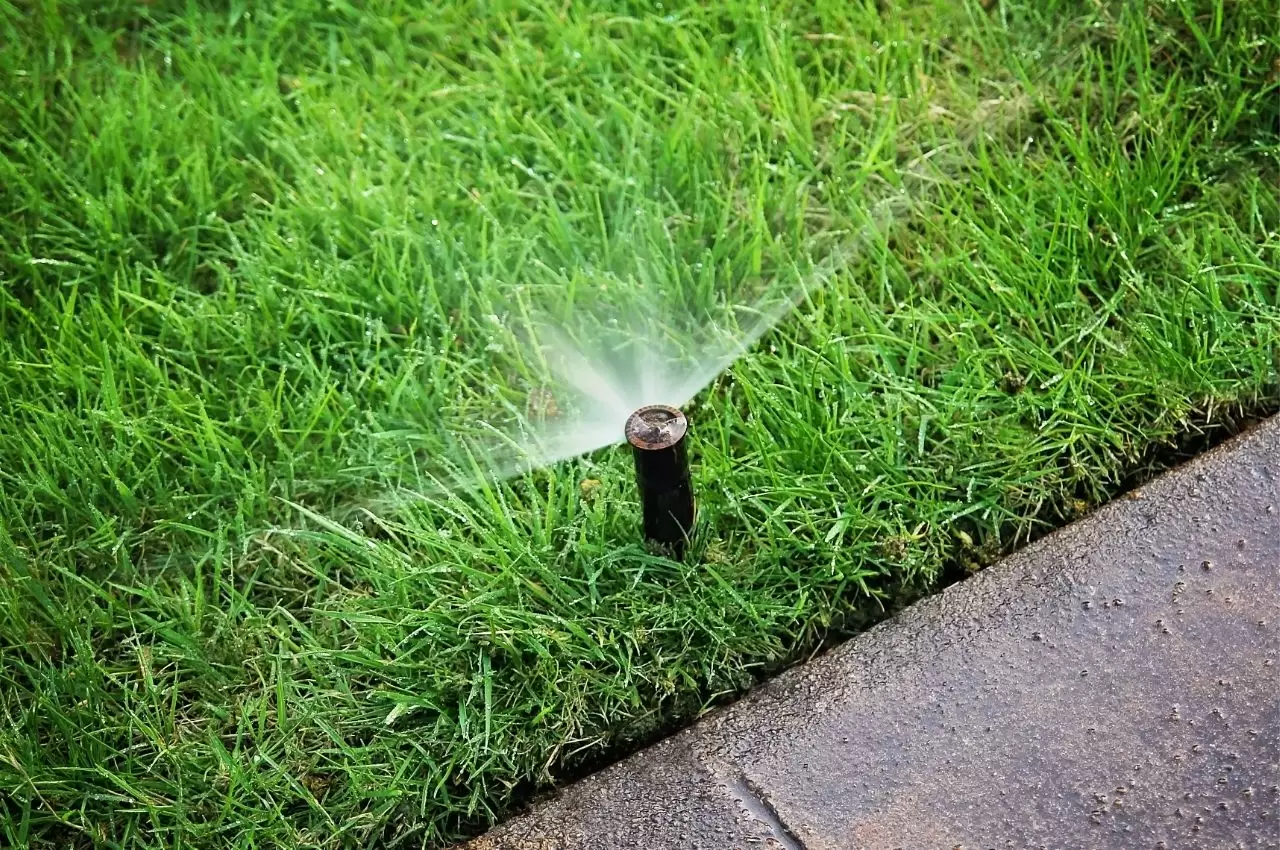

Landscaping Ideas
How To Grow Thicker Grass
Modified: February 18, 2024
Learn effective landscaping ideas and techniques to grow thicker, healthier grass in your yard. Discover expert tips for achieving a lush, green lawn.
(Many of the links in this article redirect to a specific reviewed product. Your purchase of these products through affiliate links helps to generate commission for Storables.com, at no extra cost. Learn more)
Introduction
Are you dreaming of a luscious, green lawn that feels like a plush carpet under your feet? Growing thicker, healthier grass is not just a dream – it can be your reality! Whether you're starting from scratch with a new lawn or looking to revitalize your existing grass, understanding the secrets to promoting thick grass growth is the first step toward achieving your ideal lawn.
In this comprehensive guide, we'll delve into the art and science of nurturing thicker grass. From selecting the right grass type to mastering the essential steps of soil preparation, seeding, watering, and maintenance, you'll gain valuable insights that will help you transform your lawn into a verdant oasis. By the time you finish reading, you'll be equipped with the knowledge and confidence to cultivate a lawn that's the envy of the neighborhood.
So, roll up your sleeves and get ready to embark on a journey to thicker, healthier grass. With a little know-how and a touch of TLC, you'll soon be reveling in the beauty of a vibrant, resilient lawn that enhances the charm of your outdoor space. Let's dig in and uncover the secrets to growing thicker grass that will leave you and your guests in awe.
Key Takeaways:
- Understanding the needs of your grass, like sunlight, water, and soil, is crucial for growing a thick, healthy lawn. By choosing the right grass type and providing proper care, you can create a vibrant outdoor oasis.
- From soil preparation to mowing and maintenance, each step in the lawn care process contributes to the vitality of your grass. By being attentive and proactive, you can overcome common challenges and nurture a resilient, lush lawn.
Read more: How To Get Greener, Thicker Grass
Understanding Grass Growth
To cultivate thicker grass, it’s essential to grasp the fundamentals of grass growth. Understanding the intricate processes that govern how grass thrives will empower you to make informed decisions and take the right actions to promote its health and density.
Grass growth is a marvel of nature, influenced by a combination of factors such as sunlight, water, nutrients, and soil conditions. The process begins with germination, as grass seeds sprout and develop roots. As the roots establish themselves, the grass plants begin to produce blades, gradually forming a dense and uniform carpet of greenery.
Photosynthesis, the miraculous process by which plants convert sunlight into energy, is at the core of grass growth. Sunlight is a primary catalyst for the production of chlorophyll, the pigment that gives grass its green hue and enables it to harness the sun’s energy for growth. Adequate sunlight is crucial for robust grass growth, as it fuels the plant’s metabolic processes and promotes the synthesis of essential nutrients.
Water is another vital component in the equation of grass growth. It serves as the conduit through which nutrients are absorbed from the soil and transported to the grass plants. Proper hydration is essential for maintaining turgidity in the grass blades, ensuring they remain upright and vibrant. Additionally, water plays a pivotal role in regulating the temperature of the grass, shielding it from heat stress during scorching weather.
Moreover, the soil in which grass grows is a reservoir of nutrients that sustain its vitality. A fertile, well-aerated soil provides the necessary nourishment for grass to flourish, supplying essential minerals and fostering a hospitable environment for root development. Understanding the composition of your soil and its pH level is crucial for tailoring your approach to meet the specific needs of the grass species you intend to grow.
By comprehending the intricate interplay of sunlight, water, nutrients, and soil in the growth of grass, you’ll be better equipped to implement strategies that optimize these factors and nurture thicker, healthier grass. Armed with this knowledge, you’re poised to embark on a journey toward a more vibrant and resilient lawn.
Choosing the Right Grass Type
When it comes to cultivating thicker grass, selecting the right grass type is a foundational decision that significantly influences the success of your lawn. The choice of grass type hinges on various factors, including climate, soil type, sun exposure, and the level of foot traffic the lawn will endure. By carefully considering these elements, you can identify the most suitable grass species that will thrive in your specific environment.
Climate plays a pivotal role in determining the ideal grass type for your lawn. Cool-season grasses, such as Kentucky bluegrass and fescue, flourish in regions with moderate to cool temperatures, while warm-season grasses, including Bermuda grass and zoysia, thrive in warmer climates. Understanding the climatic conditions in your area will guide you in selecting a grass type that is well-adapted to the prevailing temperatures and weather patterns.
Another crucial consideration is the soil type in your yard. Whether your soil is sandy, loamy, or clay-based, different grass species have varying preferences for soil composition. For instance, certain grasses may thrive in well-draining sandy soil, while others may prefer the moisture retention of loamy soil. By assessing your soil type, you can pinpoint grass varieties that are best suited to the specific soil conditions in your lawn.
Sun exposure is a key factor that influences the growth and health of grass. Some grass species, such as fine fescue, exhibit greater shade tolerance and are well-suited to lawns with limited sunlight, while others, like Bermuda grass, thrive in full sun. Understanding the sunlight patterns in your yard will enable you to choose a grass type that can harness the available light to fuel its growth.
Furthermore, the level of foot traffic your lawn will endure is a crucial determinant in selecting the right grass type. For high-traffic areas, durable grass varieties such as tall fescue or perennial ryegrass are preferable, as they exhibit greater resilience to wear and tear. Conversely, in low-traffic areas, fine-textured grasses like Kentucky bluegrass can impart a lush, manicured appearance to the lawn.
By meticulously evaluating the climate, soil type, sun exposure, and foot traffic in your lawn, you can make an informed choice when selecting the most suitable grass type. Tailoring your selection to align with the specific conditions of your environment will set the stage for cultivating thicker, healthier grass that thrives in harmony with its surroundings.
Soil Preparation
The foundation of a thriving lawn lies beneath the surface, in the very soil from which your grass draws its sustenance. Proper soil preparation is a critical precursor to growing thicker, healthier grass, as it sets the stage for robust root development and optimal nutrient uptake. By attending to the condition of the soil, you can create an environment that fosters the vigorous growth of your grass.
Before seeding or sodding your lawn, it’s essential to assess the composition and structure of the soil. Conducting a soil test can provide valuable insights into the pH level, nutrient content, and texture of the soil, enabling you to tailor your soil preparation efforts to meet the specific needs of your grass species. Soil amendments, such as lime to adjust pH or organic matter to improve soil structure, can be incorporated based on the results of the soil test.
Aeration is a fundamental practice that enhances soil structure and promotes the circulation of air, water, and nutrients within the soil. Core aeration, which involves removing small plugs of soil from the lawn, alleviates compaction and facilitates the penetration of water and nutrients to the grassroots. This process creates an environment conducive to robust root growth and the development of a dense, resilient turf.
Furthermore, the incorporation of organic matter, such as compost or well-rotted manure, can enrich the soil with essential nutrients and improve its texture. Organic matter enhances the soil’s capacity to retain moisture and nutrients, fostering favorable conditions for the establishment and proliferation of grass roots. By amending the soil with organic matter, you can bolster its fertility and create an optimal substrate for the growth of thick, vigorous grass.
Once the soil has been tested, amended, and aerated, it’s essential to ensure a level surface for seeding or sodding. Grading the soil to achieve a uniform slope and eliminate low spots promotes even water distribution and prevents pooling, fostering a healthy and uniform stand of grass. A smooth, level surface sets the stage for successful germination and the establishment of a lush, uniform lawn.
By meticulously preparing the soil, you can lay a solid groundwork for the growth of thicker, healthier grass. Attending to the soil’s composition, structure, and fertility creates an environment that is conducive to robust root development and ensures that your grass receives the nourishment it needs to flourish.
Seeding and Sowing
Seeding and sowing are pivotal stages in the journey toward cultivating thicker, healthier grass. Whether you’re establishing a new lawn or overseeding an existing one, the meticulous execution of these steps can significantly impact the density and vitality of your grass. By adhering to best practices and timing the process appropriately, you can set the stage for a luxuriant and resilient lawn.
Before sowing the seeds, it’s essential to select high-quality grass seed that aligns with the specific requirements of your lawn. Consider factors such as sun exposure, soil type, and climate to choose a grass seed blend that is well-suited to your environment. Additionally, selecting a seed mix that comprises a variety of grass species can enhance the lawn’s resilience and aesthetic appeal.
Timing is crucial when it comes to seeding your lawn. For cool-season grasses, early fall is an optimal time for seeding, as the soil is warm, and the cooler temperatures promote seed germination and establishment. In contrast, spring is a favorable season for seeding warm-season grasses, as it allows the seeds to take root and flourish in the warmer weather.
Proper seed distribution is essential for achieving a dense and uniform lawn. Using a seed spreader ensures even coverage and prevents over-seeding or under-seeding, promoting consistent germination and the development of a lush turf. After spreading the seeds, lightly raking the soil surface helps to ensure good seed-to-soil contact, facilitating germination and the emergence of healthy grass seedlings.
Following the seeding process, it’s crucial to provide adequate moisture to support seed germination and establishment. Consistent, light watering is key to keeping the soil surface moist without causing runoff or waterlogging. As the grass seedlings emerge and mature, gradual adjustments to the watering regimen can promote deep root growth and the development of a resilient, drought-tolerant lawn.
For existing lawns that require overseeding to enhance thickness and fill in bare patches, mowing the grass to a shorter height and removing thatch can create an optimal environment for seed-to-soil contact and germination. Additionally, aeration can facilitate the penetration of seeds into the soil and improve their chances of successful establishment.
By meticulously executing the steps of seeding and sowing, you can lay the groundwork for a thick, healthy lawn that enhances the beauty of your outdoor space. With careful attention to seed selection, timing, distribution, and maintenance, you can foster the growth of a vibrant and resilient carpet of grass that will be the pride of your landscape.
To grow thicker grass, aerate your lawn to improve soil compaction and allow air, water, and nutrients to reach the roots more easily. This will promote healthier and denser grass growth.
Read more: How To Make Bermuda Grass Thicker And Green
Watering and Fertilizing
Watering and fertilizing are vital components of nurturing thicker, healthier grass, providing essential nourishment and hydration that sustain the lawn’s vigor and resilience. By implementing a well-considered watering and fertilizing regimen, you can optimize the growth and density of your grass, fostering a lush and verdant lawn that is the envy of the neighborhood.
Proper watering is fundamental to the health and vitality of your grass. Consistent, deep watering encourages robust root development and promotes the growth of a resilient turf. It’s advisable to water the lawn early in the morning, as this allows the grass blades to dry during the day, reducing the risk of disease and fungal growth. Additionally, watering deeply and infrequently encourages the grass roots to penetrate deeper into the soil, enhancing their access to moisture and promoting drought resistance.
When it comes to fertilizing your lawn, a balanced and judicious approach is key to promoting thicker, healthier grass. Selecting a high-quality, slow-release fertilizer that is tailored to the specific needs of your grass species can provide the essential nutrients that support vigorous growth and vibrant color. Applying fertilizer in accordance with the recommended schedule and dosage ensures that your grass receives the nourishment it needs to thrive.
It’s important to be mindful of the timing and frequency of fertilization, aligning your application with the natural growth cycles of your grass. For cool-season grasses, early fall and late spring are opportune times to fertilize, while warm-season grasses benefit from fertilization in late spring and summer. By synchronizing your fertilization schedule with the periods of active growth, you can maximize the impact of the nutrients and promote the development of a denser, more resilient lawn.
Moreover, when watering and fertilizing your lawn, it’s crucial to be attentive to the specific requirements of your grass type and the prevailing environmental conditions. Factors such as soil type, sun exposure, and climate can influence the optimal watering schedule and fertilization regimen for your lawn. By tailoring your approach to align with these variables, you can ensure that your grass receives the care it needs to flourish.
By implementing a well-informed approach to watering and fertilizing, you can provide your grass with the essential elements it needs to thrive. Consistent, deep watering and balanced fertilization foster robust root development, vibrant color, and enhanced resilience, culminating in a lush, healthy lawn that is a testament to your dedication and care.
Mowing and Maintenance
Mowing and maintenance are integral aspects of nurturing thicker, healthier grass, shaping the aesthetic appeal and resilience of your lawn. By adhering to best practices and implementing a consistent maintenance regimen, you can promote the growth of a dense, vibrant turf that elevates the charm of your outdoor space.
Proper mowing is essential for encouraging thicker, healthier grass. Setting the mower blade at the appropriate height for your grass type ensures that the blades are not cut too short, which can stress the grass and impede its ability to photosynthesize and produce energy. Additionally, alternating the mowing pattern prevents the grass from developing a grain and encourages more upright growth, fostering a uniform and lush appearance.
Regular mowing, tailored to the specific growth habits of your grass species, promotes the development of a dense turf by encouraging lateral spread and tillering. By adhering to a consistent mowing schedule that removes only a third of the grass blade at a time, you can maintain an optimal height for your grass and foster its resilience against environmental stressors.
In addition to mowing, proper maintenance practices, such as dethatching and aerating, contribute to the health and density of your grass. Dethatching removes the accumulation of dead organic matter, promoting better air and water penetration into the soil and preventing the development of thatch, which can impede the growth of new grass. Aerating the soil alleviates compaction and facilitates the circulation of air, water, and nutrients to the grassroots, enhancing the conditions for robust growth.
Furthermore, attentive maintenance of your lawn includes proactive weed control and pest management. Weeds compete with grass for essential resources, and their presence can hinder the growth and density of your lawn. Implementing a targeted weed control strategy, such as spot-treating problem areas and fostering a healthy, dense turf, can mitigate the encroachment of weeds and promote the dominance of your grass. Similarly, monitoring for pests and addressing infestations promptly can safeguard the health and vitality of your lawn.
By adopting a conscientious approach to mowing and maintenance, you can foster the growth of thicker, healthier grass that transforms your outdoor space into a lush and vibrant sanctuary. By adhering to best practices and implementing a consistent maintenance regimen, you can cultivate a resilient and verdant lawn that is a testament to your dedication and care.
Dealing with Common Issues
While nurturing a thick, healthy lawn is a rewarding endeavor, it’s not without its challenges. Understanding and addressing common issues that can affect the growth and vitality of your grass is essential for maintaining a resilient and lush lawn. By being proactive in identifying and remedying these issues, you can safeguard the beauty and health of your outdoor oasis.
One prevalent issue that homeowners encounter is compacted soil, which can impede the circulation of air, water, and nutrients to the grassroots. Core aeration is an effective remedy for compacted soil, promoting better drainage and creating an environment conducive to robust root development. By aerating your lawn, you can alleviate compaction and foster the growth of thicker, healthier grass.
Another common challenge is the accumulation of thatch, a layer of dead organic matter that can hinder the growth of new grass. Dethatching, which involves removing the excess thatch from the lawn, enhances the penetration of air, water, and nutrients into the soil, creating favorable conditions for the establishment of a dense and vibrant turf.
Weed infestations can also pose a threat to the health and density of your grass. Implementing a targeted weed control strategy, such as spot-treating problem areas and fostering a healthy, dense turf, can mitigate the encroachment of weeds and promote the dominance of your grass. Additionally, maintaining a thick, well-nourished lawn through proper watering and fertilization can naturally suppress weed growth.
Pest infestations, such as grubs or insects, can compromise the health and resilience of your lawn. Monitoring for signs of pest activity and addressing infestations promptly can safeguard the vitality of your grass. Utilizing targeted pest control measures, such as biological controls or selective insecticides, can help manage pest populations while minimizing impact on beneficial organisms.
Furthermore, environmental stressors, such as heat, drought, or excessive shade, can affect the growth and density of your grass. Adapting your watering and maintenance practices to mitigate the impact of these stressors can help sustain the health and vitality of your lawn. For instance, deep and infrequent watering promotes deep root growth, enhancing the grass’s resilience against drought stress.
By being vigilant and proactive in addressing common issues that can affect the growth and density of your grass, you can maintain a lush and resilient lawn that enhances the beauty of your outdoor space. By implementing targeted remedies and adapting your care practices to mitigate these challenges, you can foster the growth of thicker, healthier grass that is the pride of your landscape.
Conclusion
Cultivating thicker, healthier grass is a labor of love that yields a bountiful reward – a lush, resilient lawn that enhances the beauty and charm of your outdoor space. By understanding the intricacies of grass growth, selecting the right grass type, and implementing essential practices such as soil preparation, seeding, watering, and maintenance, you can transform your lawn into a verdant oasis that invites admiration and delight.
From the moment you sow the seeds to the diligent care you provide through watering, fertilizing, mowing, and addressing common issues, your commitment and attention to detail lay the groundwork for the growth of a vibrant and resilient turf. By nurturing your grass with the knowledge and care it deserves, you can create a haven of natural beauty that beckons you to linger and savor the tranquility of your outdoor sanctuary.
As you embark on this journey toward a thicker, healthier lawn, remember that every step you take and every decision you make contributes to the vitality and beauty of your grass. Embrace the rhythm of the seasons, adapt your care practices to the specific needs of your lawn, and revel in the joy of witnessing your grass thrive and flourish under your attentive stewardship.
With each passing day, your lawn will evolve into a tapestry of greenery, a testament to the dedication and care you have invested in its growth. Whether you’re enjoying a leisurely stroll, hosting gatherings, or simply basking in the tranquility of your outdoor retreat, the lush, resilient grass beneath your feet will serve as a living testament to the artistry of nature and the nurturing touch of your hands.
So, as you continue on this journey, may your lawn flourish with the vibrancy and resilience that reflect your unwavering commitment. With each blade of grass that thrives under your care, may you find joy and fulfillment in the transformation of your outdoor space into a haven of natural splendor. Your efforts will not only yield a thicker, healthier lawn but also create lasting memories and moments of serenity in the embrace of nature’s timeless beauty.
Frequently Asked Questions about How To Grow Thicker Grass
Was this page helpful?
At Storables.com, we guarantee accurate and reliable information. Our content, validated by Expert Board Contributors, is crafted following stringent Editorial Policies. We're committed to providing you with well-researched, expert-backed insights for all your informational needs.
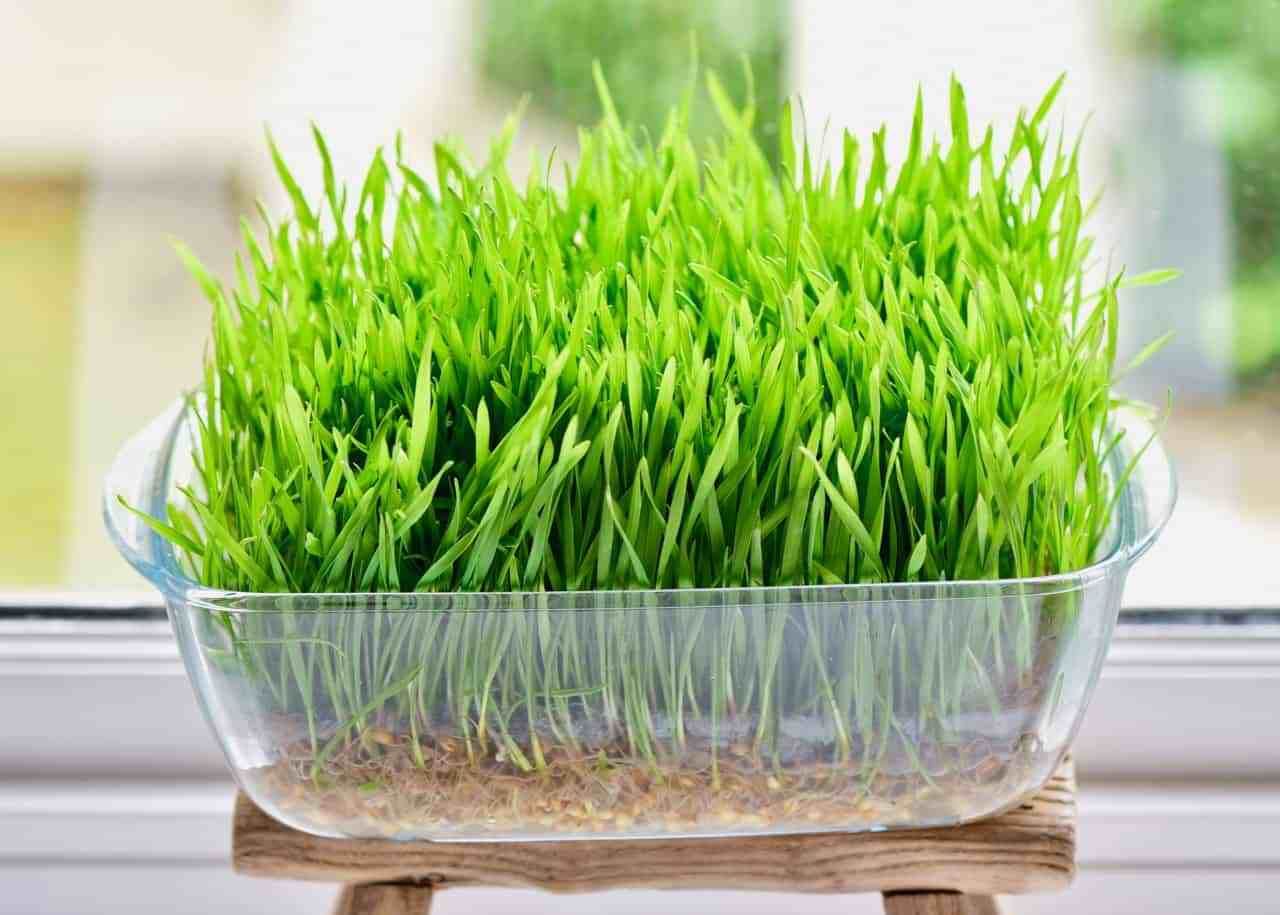


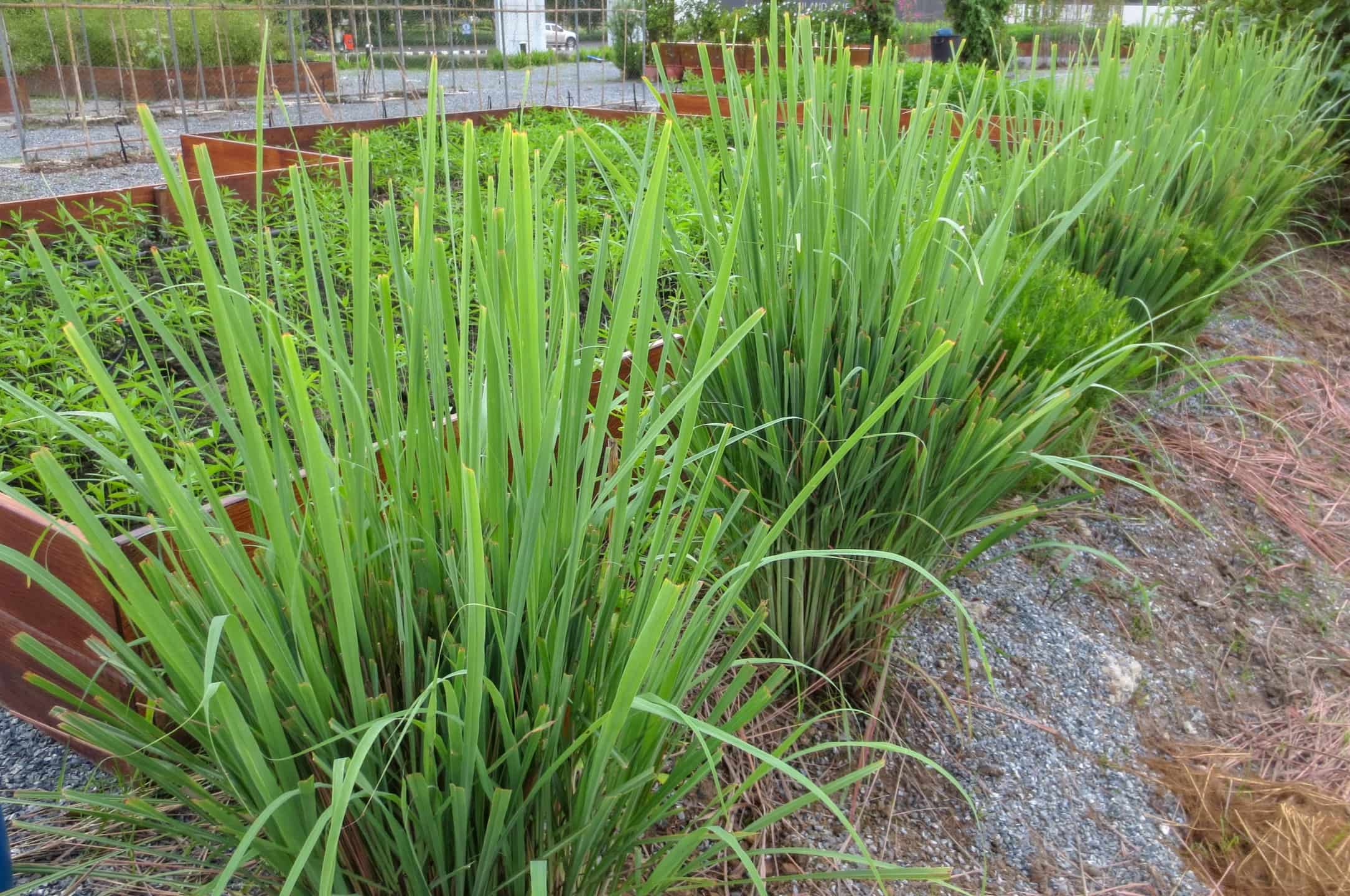
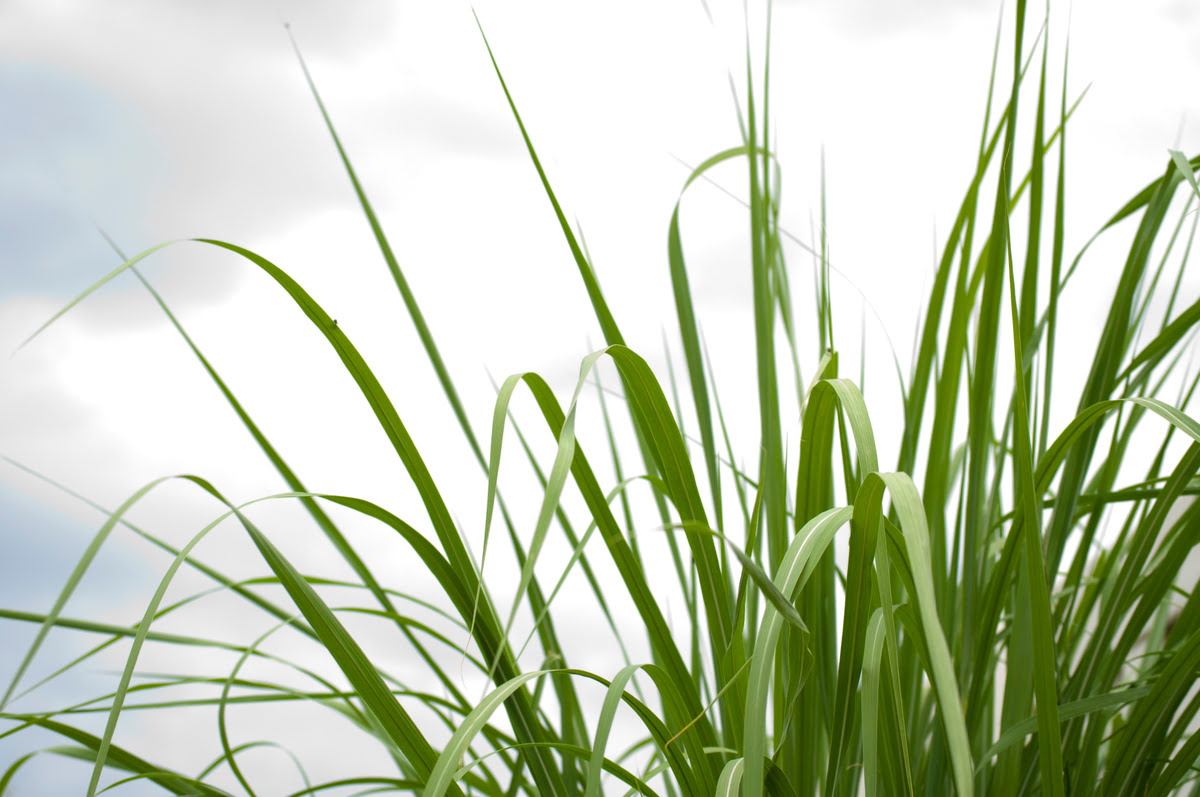
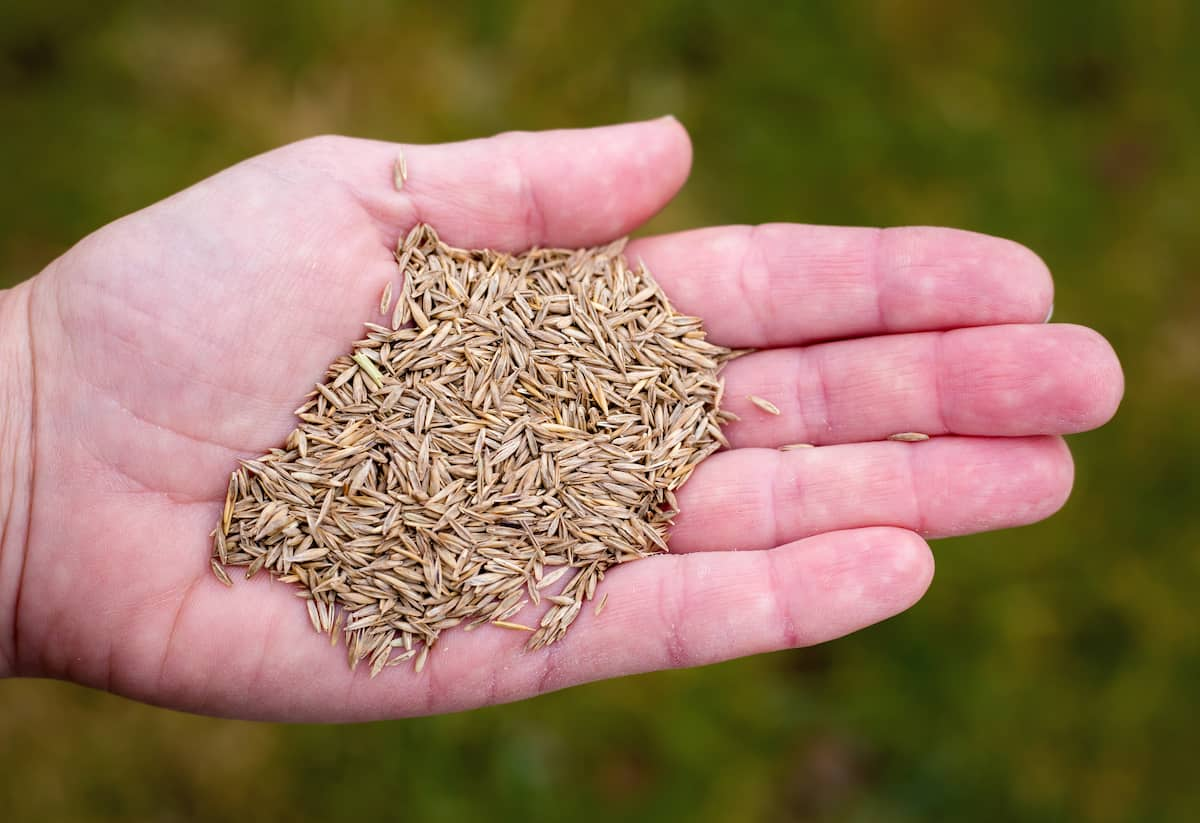
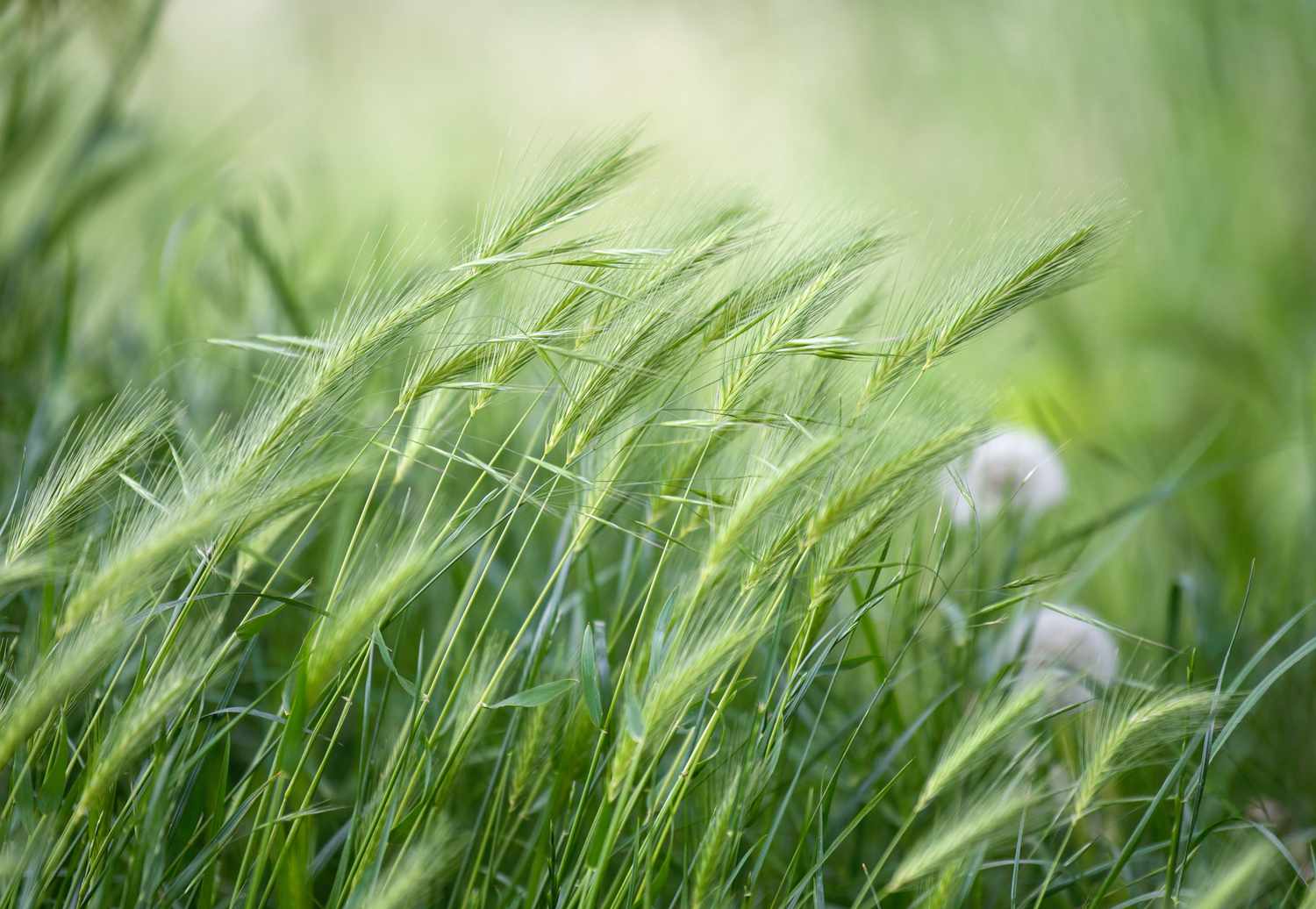
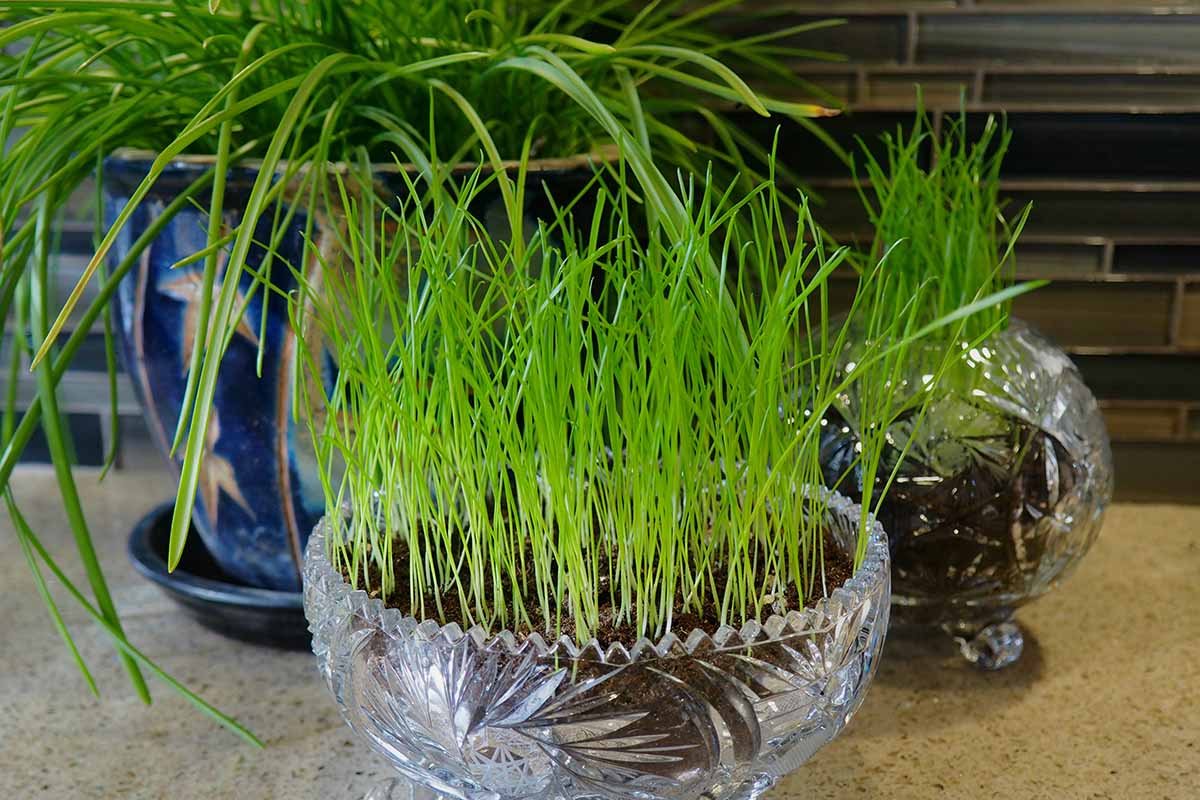


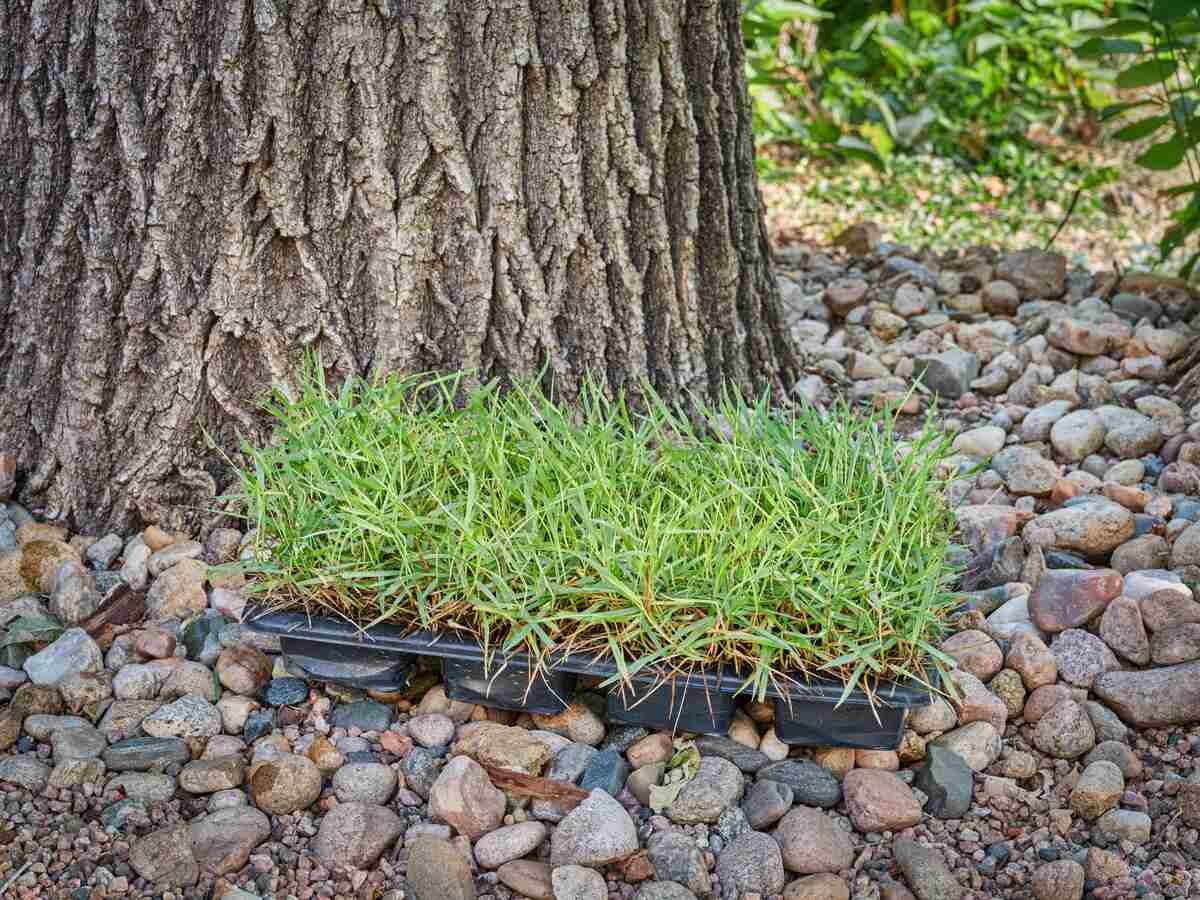

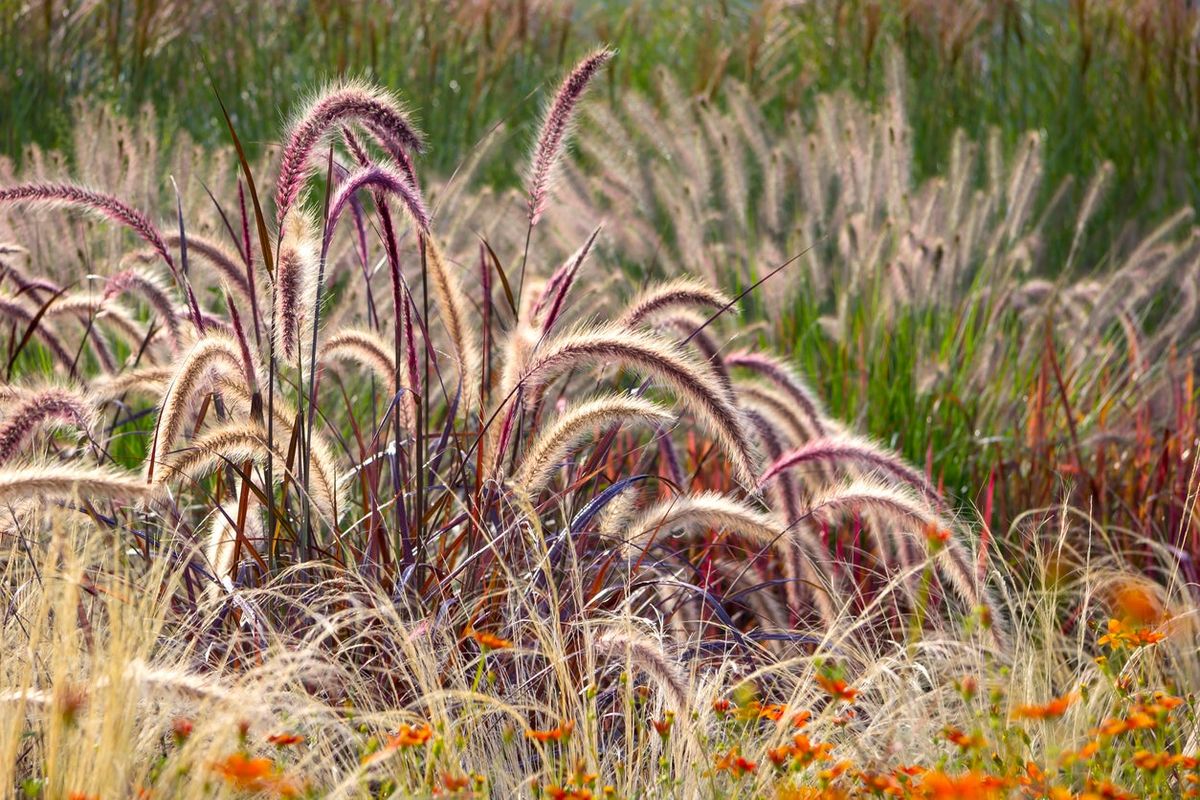
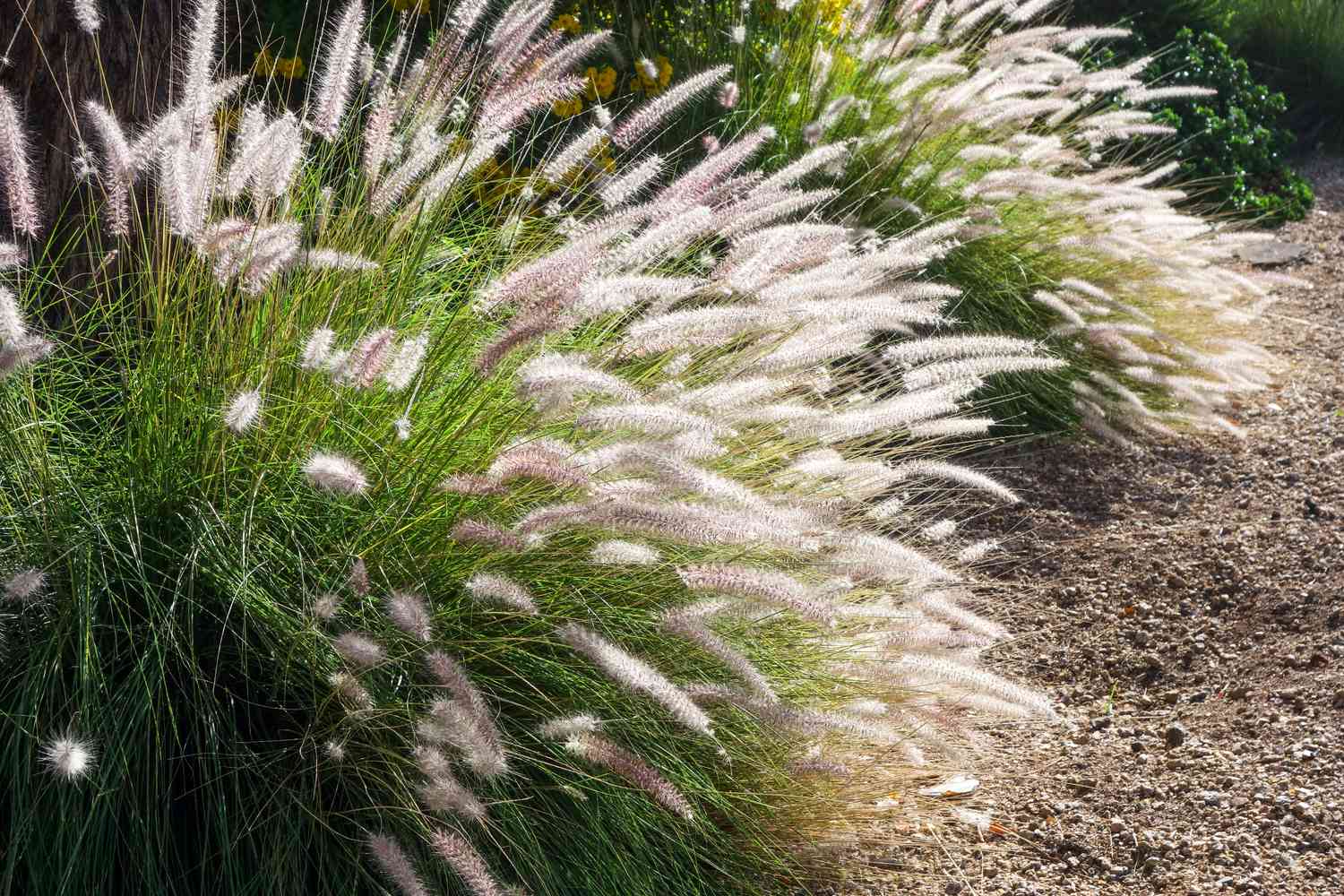

0 thoughts on “How To Grow Thicker Grass”